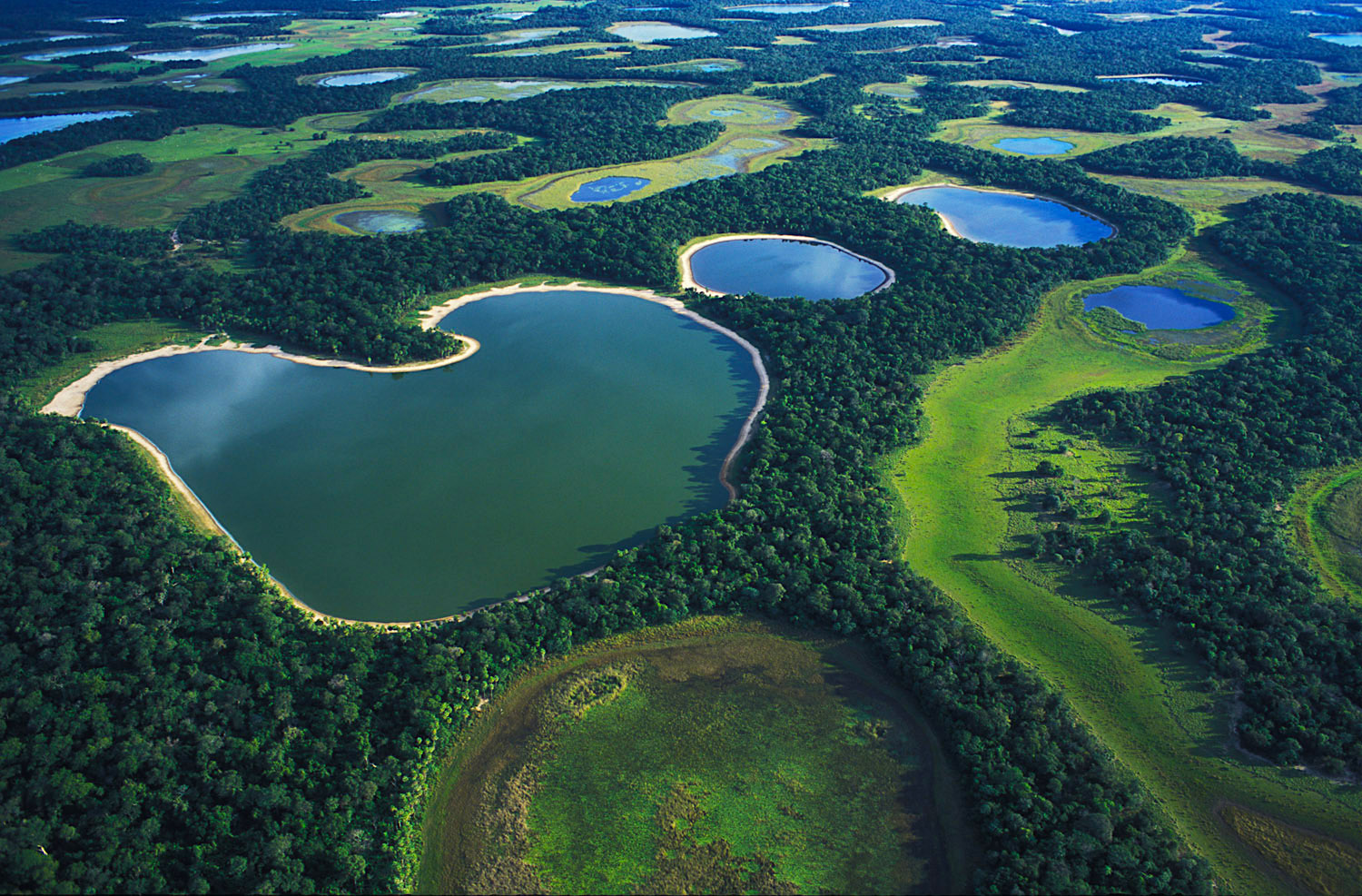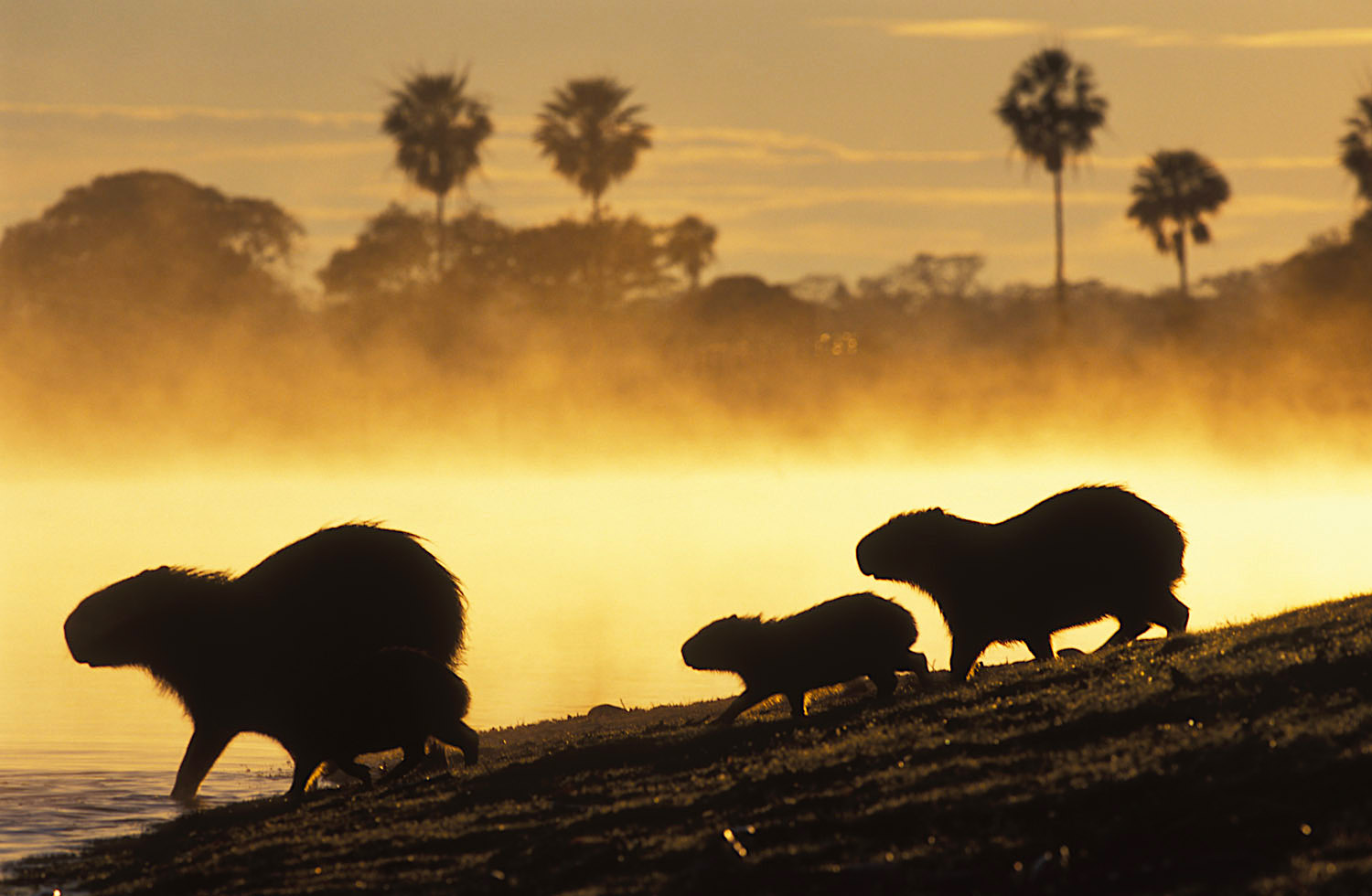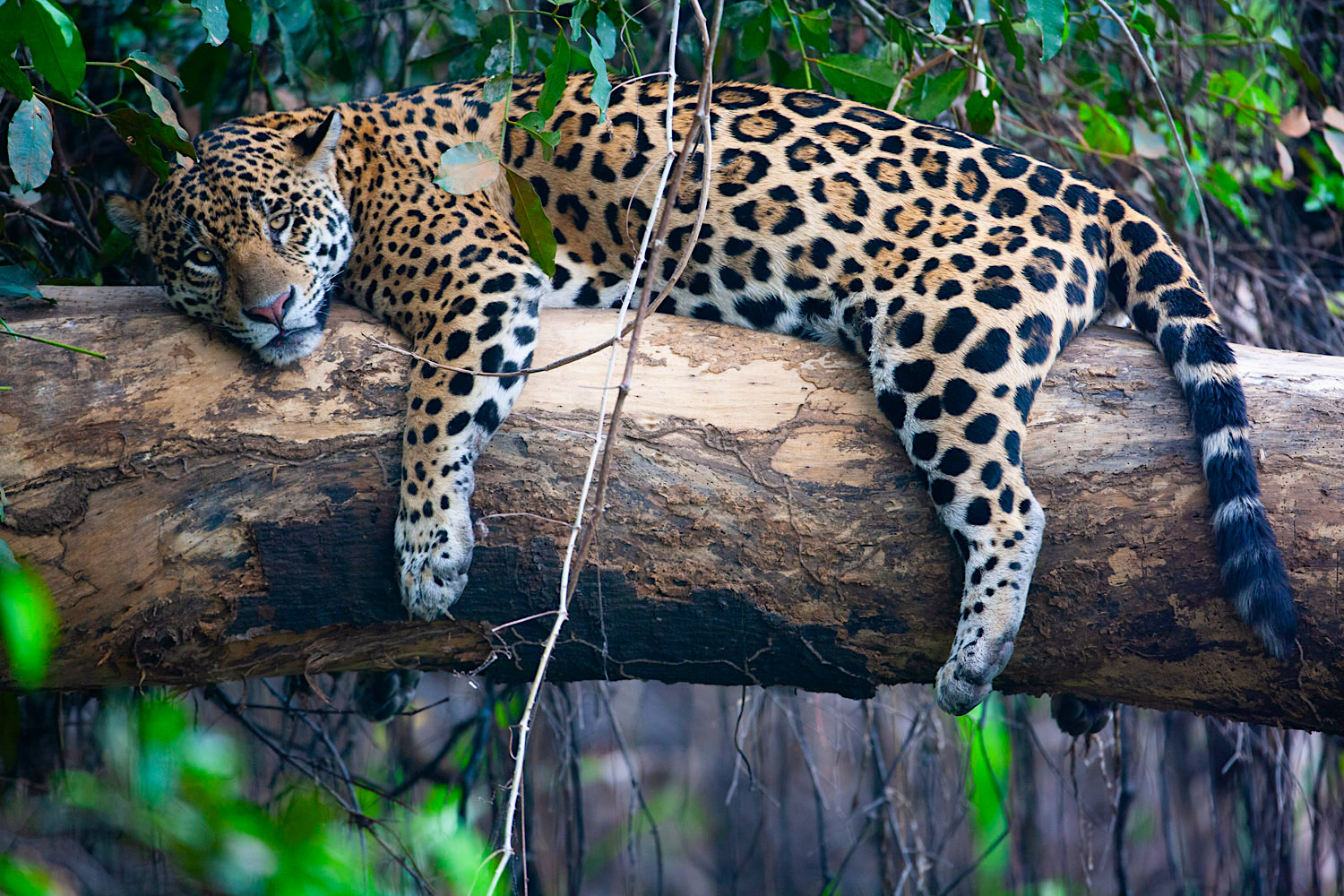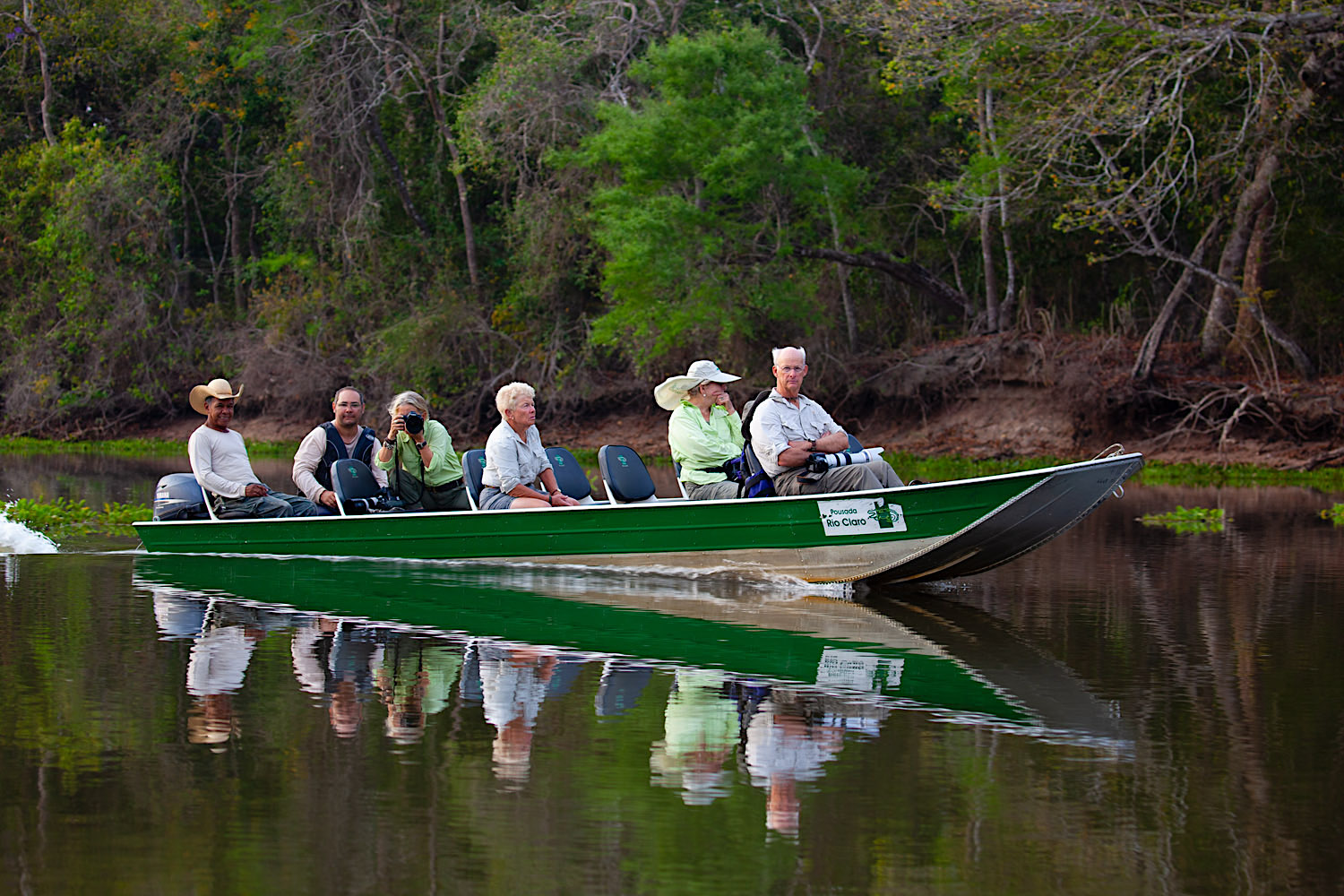With a total area of almost 195 000 square kilometres (or 75 000 square miles), the Pantanal is the largest contiguous wetland in the world. The vast majority of it is in the state of Mato Grosso do Sul, but it also extends into Mato Grosso and the separate countries of Paraguay and Bolivia, which neighbour Brazil.
As such a vast tropical wetland, the Pantanal is a very precious resource of Brazil, home to an array of plant- and animal species. In fact, up to 12 sub-regional ecosystems have been identified within the Pantanal, each of which has its own unique identity and characteristics.
Because about 80% of the wetlands are submerged during the wet season, the species here include aquatic ones, making it an even more diverse and fascinating destination to consider. The water can rise by up to five metres during the wet season. The daily highs average an annual mean of 25 degrees Celsius.
However, summer days have been known to soar to a scorching 40 degrees, while winter nights can plummet to zero.
Tourists that are interested in the ecosystems of the Pantanal will be well rewarded by the sheer diversity to be found here. The biomes here (which include semi-arid woodland, tropical Amazonian rainforest and savannah) are home to approximately 3 500 known plant species, with more discovered and identified by scientists on a regular basis.
A plethora of animal species can be found in the Pantanal. There is estimated to be about 1 000 bird species, 300 mammals and 9 000 invertebrates, in addition to countless fascinating insects and other species. Some of the very rare and / or endangered animal species include: Jaguar, Maned Wolf, Bush Dog, Capybara, Tapir, Giant Anteater, Yacare Caiman, Marsh Deer, Giant River Otter, Hyacinth Macaw, Crowned Solitary Eagle.
The main predator in the Pantanal Wildlife Heaven, the jaguar is also the largest big cat species in the Americas and the third largest feline in the world, after tigers and lions. This iconic species plays a vital role in its habitat by controlling other species’ populations and helping maintain a healthy ecosystem.
Unfortunately, the jaguar’s range has decreased by half in the last 100 years due to deforestation and agricultural activities, resulting in reduced and even extinct jaguar populations in some countries. Despite numerous conservation efforts, their populations continue to decline.
Human-driven activities including hunting, destruction of forest habitat, loss of prey species, and human-wildlife conflict are also impacting jaguar populations. Jaguars were once hunted for their pelts until the 1970s, when stricter laws and new protections prohibited such activity. Now it appears that with increasing Chinese investment in Latin America, demand for jaguar parts, like fangs and claws, is rising again, driving illegal jaguar hunting and poaching, even in strongholds like the Amazon and the Pantanal.
Wild Focus offers small group expeditions to the Pantanal Wildlife Heaven in August and September, the best times of the year to observe and photograph these magnificent cats from the safety of a boat.
Theo Allofs
All images copyright©Theo Allofs
Pantanal Wildlife Expedition
September 08-18, 2020
Pantanal Wildlife Expedition
October 08-18, 2021





